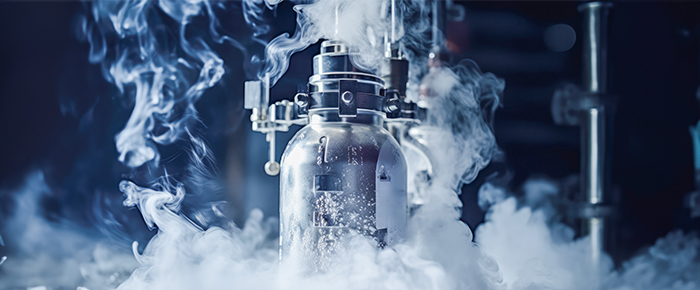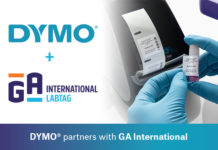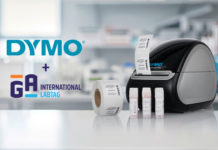
Cryopreservation is a crucial concept in nearly every facet of biological science. Many labs depend on cryogenics for the long-term storage of a variety of cell types, from bacteria and unicellular eukaryotes to immortalized human cells. While most protocols for storing cells are relatively straightforward—resuspend cells in storage media and place them in liquid nitrogen—the ability of these cells to maintain their cellular properties over time has continually been questioned.
Freezing Cell Lines
The challenge with freezing cells for long-term storage lies not in their ability to endure storage at extremely low temperatures (-196°C, in liquid nitrogen tanks), but rather the intermediate temperature zones (-15°C to -60°C) the cell must pass during cooling. Freezing the cells too quickly causes the formation of ice crystals that may cause cell membranes to rupture. These crystals often form in the outer parts of the cells, which causes the interior of the cells to expand, pushing against the plasma membrane until the cell bursts. However, freezing the cells too slowly can cause cell dehydration and shrinkage. As such, the cooling rate must be optimized to the specific cell type, with the cells then stored at below -130°C to maintain viability. This is also true in reverse, as cells should be thawed quickly to reduce cell toxicity.
As a result, one of the first things any graduate student learns when working with human primary cell lines is to save as many aliquots of the same passage number in case experiments need to be repeated, as repeatedly freezing new aliquots may alter the properties of the cell. 3D structures make cryopreservation even more complex as, to date, no one has been able to effectively freeze spheroid and organoid models.
A New Way
A group led by Dr. Kathryn Murray from the University of Warwick sought to devise a new protocol that might not only lead to enhanced viability post freezing for 3D cell models but could also improve the freezing of single-cell and 2D cell models. In a paper published this year in JACS Au, Dr. Murray and her colleagues describe a new cryopreservation protocol using soluble ice nucleating polysaccharides to nucleate extracellular ice.
In their study, they utilized three common adherent cell lines: A549 (adenocarcinoma human alveolar basal epithelial), SW480 (human colon adenocarcinoma), and HepG2 (human Caucasian hepatocyte carcinoma). As a “stepping stone” to 3D models, they decided to attempt to improve the freezing of 2D monolayers in microwell plates as well as single-cell suspensions. For all three cell lines, monolayer viability was improved after stimulation of ice nucleation using polysaccharides obtained from the pollen of the hornbeam flower, also known as Carpinus betulus.
Once the group realized their method could be applied to 2D cultures, they began testing on 3D spheroids, which are tough to preserve cryogenically as the cryoprotectants require access to the spheroid core without promoting mass cell death. What they saw was a complete doubling of cell viability and reduced reactive oxygen species (ROS) levels for A549 and HepG2 spheroids, with a better preservation rate for larger structures.
The results of this study are positioned to be staggering in the fields of cell biology and translational science. Mouse and rat models of disease are increasingly being pushed aside in favor of more immediately relevant humanized models, such as synthetic human organoids and induced pluripotent stem cell (iPSC) technology. While cryogenic preservation represents an immediate obstacle to implementing these powerful techniques, it appears the wall may soon crumble, with Dr. Murray and her group leading the way in developing efficient methods for the long-term storage of these new cell models.
LabTAG by GA International is a leading manufacturer of high-performance specialty labels and a supplier of identification solutions used in research and medical labs as well as healthcare institutions.
Reference:
-
Murray KA, et al. Chemically Induced Extracellular Ice Nucleation Reduces Intracellular Ice Formation Enabling 2D and 3D Cellular Cryopreservation. JACS Au. 2023.


